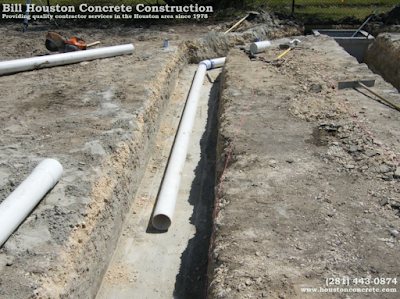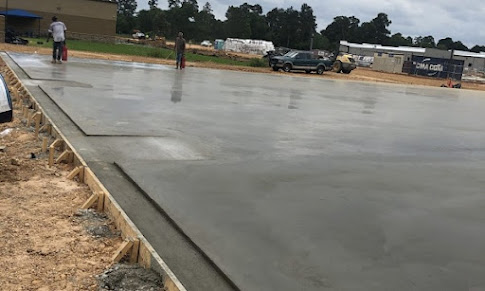What is Stormwater Management?
It is necessary to first grasp what "stormwater detention" is in order to fully comprehend "stormwater detention." Isn't stormwater, which is formed during storms from rain, properly referred to as "rainwater"? While this is true, after precipitation reaches the ground, it is generally referred to as stormwater.
Stormwater, as opposed to "rainwater," which is typically used to refer to water falling on rooftops and having a greater water quality, is rain that comes into contact with ground surfaces. For example, rainfall captured from roofs and stored in a rainwater tank can be transformed into "stormwater" if it overflows from the tank onto the ground or into a drainage system.
Detention ponds, also known as dry ponds, are primarily used for flood control and are not used for any other purpose. Detention ponds assist in controlling the rate of flow by employing a control mechanism that maintains the rate of flow that existed before creation. The capacity of the detention pond is computed by comparing the runoff volumes before and after the development project is completed. The difference is the number of detention spaces available. Typically, the controlled device is installed at the entry to the output pipe in order to regulate the rate of flow towards the pre-development rate of the Underground stormwater detention systems.
The pond is meant to drain the stormwater within a certain amount of time in order to make the volume accessible for the next storm event, which is when the pond will be filled. Following the layout depicted below, the outflow pipe (or control device) is located at the deepest point of the detention volume in order to allow the pond to drain completely and completely dry.
Underground wet ponds, which are just an underground storage system with such a permanent pool of water, are permitted in a number of countries. However, even though they are uncommon, these should be regarded as on-site stormwater detention because they are not designed to infiltrate, as per definition. It's important to remember that detention is supposed to be temporary, whereas retention is designed to be permanent when attempting to discern between these sorts of systems.




Comments
Post a Comment